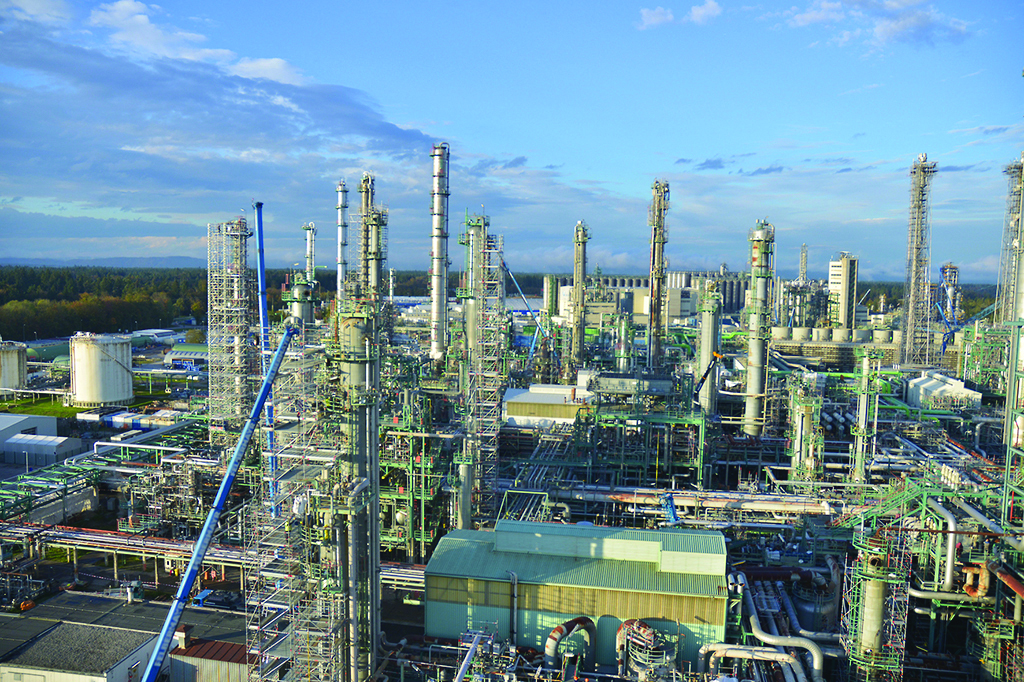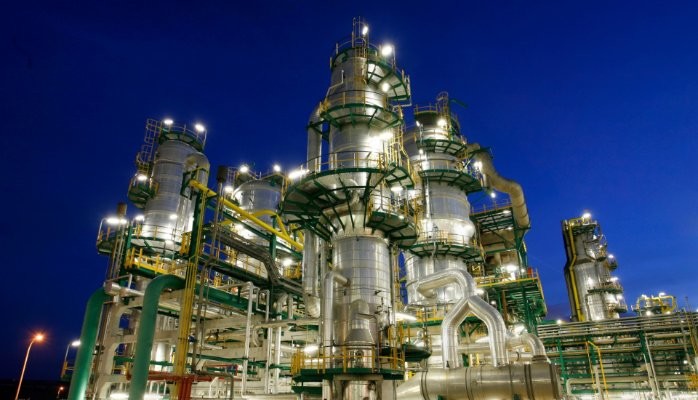What is a Refinery Turnaround and Shutdown?

Refineries undergo turnarounds to fix problems and improve processes. Turnarounds are scheduled events that take an entire process unit off-stream. They often include debottlenecking projects, revamps, and catalyst regeneration projects. This article discusses the process and safety concerns associated with refinery turnaround. As we know refinery maintenance is pretty important, and we have to pay attention to this. For more information, read on! Read on to find out what a refinery turnaround is. You may be surprised that you need it more often than you think.
Processes involved in a refinery turnaround
Refinery turnaround is periodic maintenance activities that involve taking individual units apart and inspecting them, replacing them, and reinstalling them. Turnaround activities are typically carried out in one or more phases of the refinery, but sometimes the entire plant is involved.
Refineries are susceptible to shutdowns for several reasons. High oil prices and lack of supplies may force a refinery to stop production. Other reasons include natural disasters, accidents, and other threats. The refinery shutdown will allow the refinery to repair the damage done during the process and should result in peak performance levels when production resumes. However, not all turnarounds are successful. Those that fail to meet these requirements may run into serious safety and environmental problems.

Refinery turnarounds are complex processes that require extensive safety and industrial hygiene measures. During a turnaround, many emergency situations may arise, so it is crucial to employ the services of trained experts to minimize the risks associated with the project. The total cost of turnarounds can be extremely expensive and hiring professionals in every area can be difficult. Outsourcing can address the complexities of refinery shutdowns and eliminate the need for costly in-house expertise.
Safety concerns during a refinery turnaround
The process of reactivating a petroleum refinery can present numerous challenges, including industrial hygiene, safety, and rescue. Turnarounds, which can last anywhere from a few hours to a month, require extensive planning and preparation. Despite their complexity, turnarounds are often more dangerous than normal plant operations. A short shutdown for partial maintenance can also present a significant risk. That is why safety during a turnaround must be one of the top priorities.
A refinery shutdown, or turnaround, is a period of the shutdown that disrupts normal operations for several weeks or months. It requires extensive planning and may involve thousands of contractors, which can add to the complexity of the process. Turnarounds can also include a series of small repairs that require workers to perform multiple tasks simultaneously. In addition, contractors are often used to speed up the turnaround, increasing safety risks. Therefore, the most critical component of a safe turnaround is proper compliance with Work Permit Systems.
While a turnaround involves overhaul/maintenance and potentially flammable processes, it poses a significant risk. As the process is restarted, it can also introduce mechanical and chemical hazards. When new actions are introduced in the ecosystem of the plant, the risk can affect processes outside of the project. This is why plant accident attorneys recommend that refineries implement proper safety procedures to reduce potential hazards and protect workers. The following are some common safety concerns to watch for during a refinery shutdown.
Cost of a refinery turnaround
A refinery turnaround is a major event. These projects typically cost a large amount of money to plan, implement, and complete. Additionally, shutdowns are typically costly because of the loss of revenue. As a result, turnaround projects typically prioritize getting the facility up and running as quickly as possible while maintaining strict control over expenditure. However, this does not mean that there are no risks involved. Listed below are some things to keep in mind when planning the turnaround.
The cost of a refinery turnaround can be estimated by considering historical costs for similar projects. These costs are then amortized over an estimated benefit period (one to three years). Turnarounds include contractors, short-term labor, and materials consumed. These costs can be significantly different from what is actually necessary. While this cost is often a major factor in determining turnaround costs, there are other factors that may also have an impact. Plants undergo turnarounds for various reasons. Typically, plants have lost efficiency during the conversion of resources into finished products. Refinery maintenance activities include the replacement of damaged or aged production equipment, internal evaluations of production equipment, and new installation and calibration of measurement and control devices. As a result of these efforts, production output increases, and plant efficiency improves. These activities, in turn, increase the profits of a refinery.





